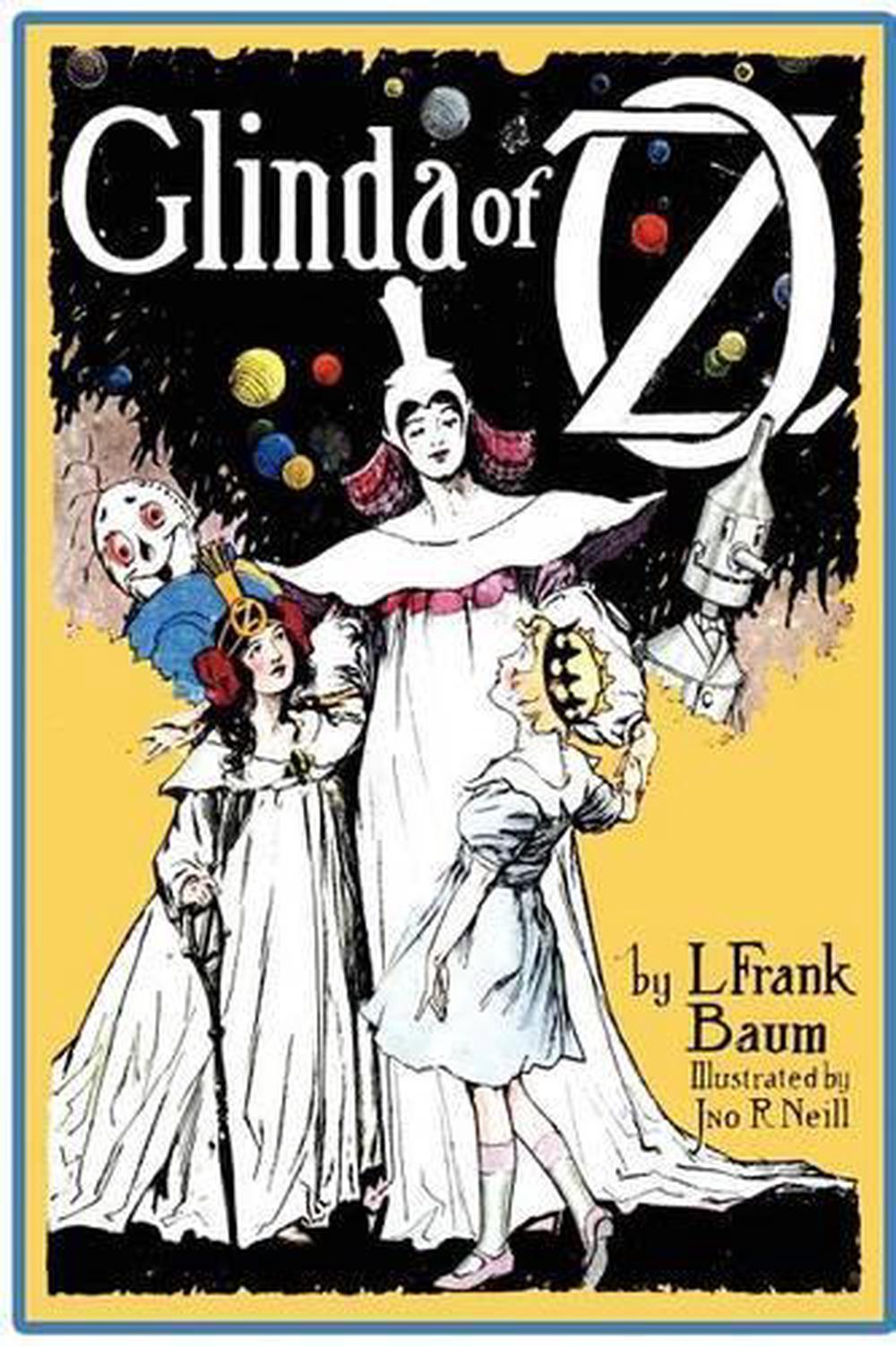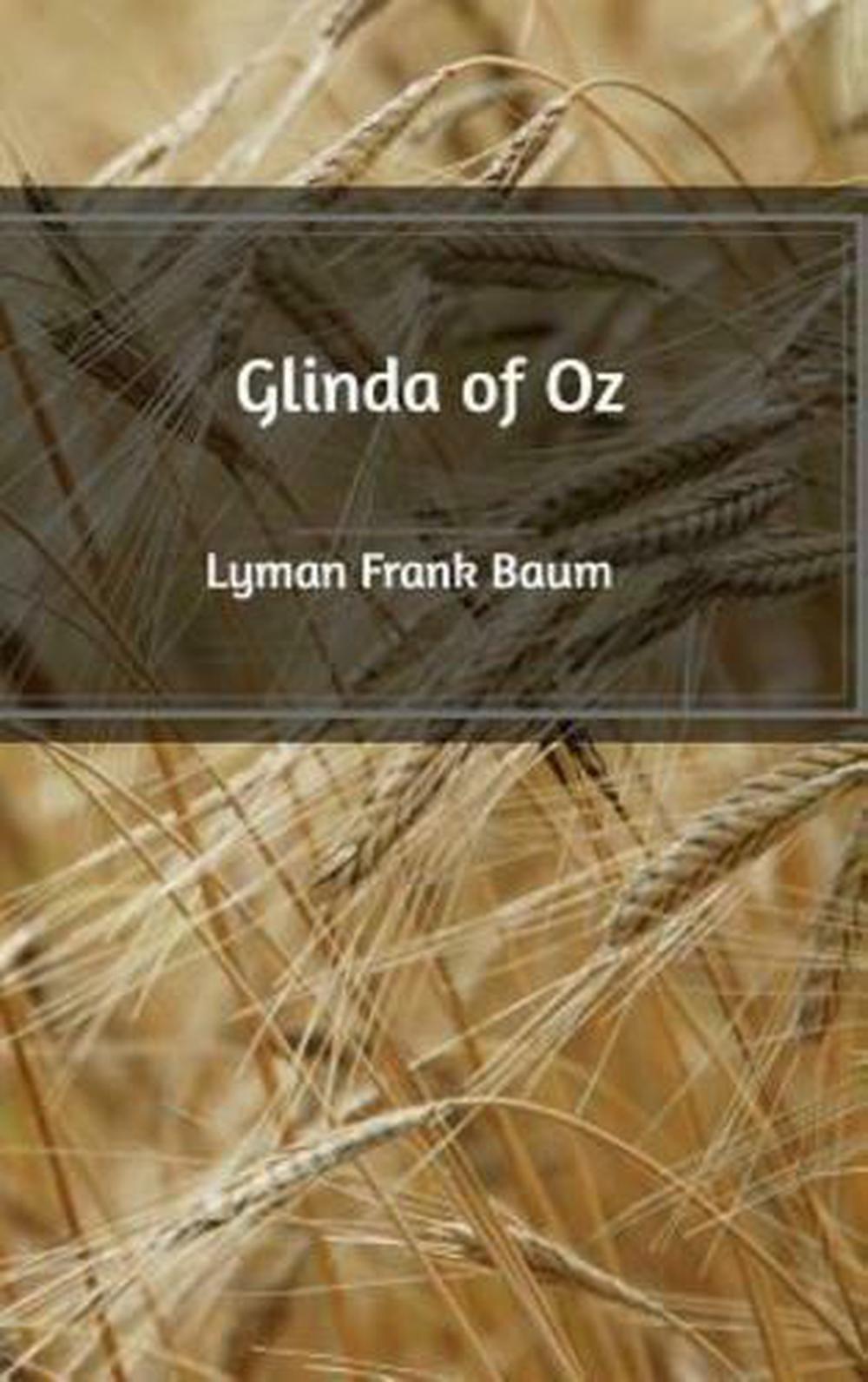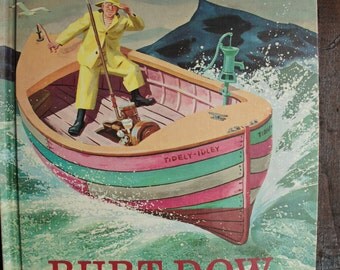

Rockefeller", the Scarecrow responds, "He'd lose six thousand dollars a minute if that happened."

For example, the Tin Woodman wonders what he would do if he ran out of oil.

The 1902 stage adaptation mentioned, by name, President Theodore Roosevelt and other political celebrities. Certainly the 1902 musical version of Oz, written by Baum, was for an adult audience and had numerous explicit references to contemporary politics, though in these references Baum seems just to have been "playing for laughs". The thesis achieved considerable popular interest and elaboration by many scholars in history, economics and other fields, but that thesis has been challenged. Others suggest the City of Oz earns its name from the abbreviation of ounces "Oz" in which gold and silver are measured. According to this view, for instance, the Yellow Brick Road represents the gold standard, and the Silver Shoes ( Ruby slippers in the 1939 film version) represent the Silverite sixteen to one silver ratio (dancing down the road). In a 1964 article, educator and historian Henry Littlefield outlined an allegory in the book of the late-19th-century debate regarding monetary policy. For the 1902 Broadway production Baum inserted explicit references to prominent political characters such as President Theodore Roosevelt. Biographers report that Baum had been a political activist in the 1890s with a special interest in the money question of gold and silver ( bimetallism), and the illustrator William Wallace Denslow was a full-time editorial cartoonist for a major daily newspaper. The political interpretations focus on the first three, and emphasize the close relationship between the visual images and the story line to the political interests of the day. Scholars have examined four quite different versions of Oz: the novel of 1900, the Broadway play of 1902, the Hollywood film of 1939, and the numerous follow-up Oz novels written after 1900 by Baum and others.

Frank Baum and first published in 1900) as an allegory or metaphor for the political, economic, and social events of America in the 1890s. Political interpretations of The Wonderful Wizard of Oz include treatments of the modern fairy tale (written by L. Rogers in 1906 sees the political uses of Oz: he depicts William Randolph Hearst as Scarecrow stuck in his own Ooze in Harper's Weekly


 0 kommentar(er)
0 kommentar(er)
